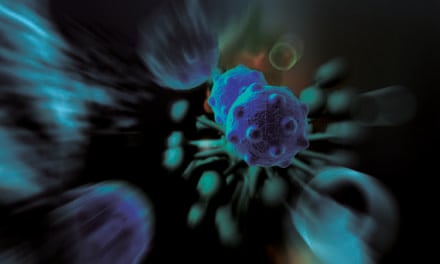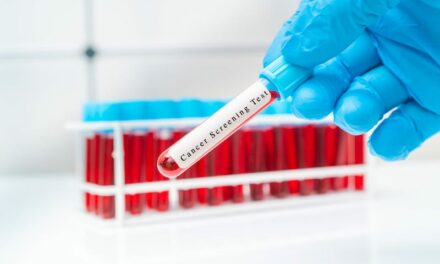While being treated for an enlarged prostate, Britain’s King Charles III was diagnosed with an undisclosed form of cancer. Would a holistic approach to care have diagnosed it sooner?
By Chris Wolski
News that Britain’s King Charles III has been diagnosed with an undisclosed form of cancer has made international headlines.
The diagnosis was made as the king was being treated for an enlarged prostate, due to symptoms of which he had been experiencing since the holidays. During this treatment, which likely included routine diagnostic tests, Charles III was found to have cancer, though, reportedly not of the prostate.
While the UK’s prime minister, Rishi Sunak, reported that the king’s cancer was diagnosed early, he still “has cancer,” says Nathan Goodyear, MD, MDH. “The ‘hen’ is still out of the hen house.”
Goodyear, medical director at Brio Medical, a holistic, integrative cancer healing center in Scottsdale, AZ, noted that a critical factor in Charles’ initial treatment was his recognizing the signs and symptoms, in other words being aware that he had something wrong with his health.
The diagnostic tests identified the cancer, but Charles, in effect, because of his own observation led his care. For Goodyear, the patient’s knowledge of their own body is the first step in effective diagnosis and ultimately medical care. “I think we need to empower patients more,” he says, pointing to the success of women performing self-breast exams as an example of re-centering care to the patient.
Charles III’s diagnosis though also points to some of the potential limits of modern medicine, according to Goodyear. The king was having symptoms seemingly related to his prostate, which a specialist likely then diagnosed—correctly—but in limiting it to this one biological system potentially compartmentalized the care. This is the opposite of the trend in the medicine Goodyear and others are practicing in increasing numbers.
“Where we’ve been for the last 100 years is a one-size-fits-all model,” observes Goodyear. “We’re moving on from that paradigm to personalized medicine.”
Personalized medicine is designed to make the right diagnosis to find the right, individualized treatment for the patient. Goodyear says that multi-omics is fueling this approach, which is leading to a more comprehensive, holistic approach.
While prevention is the best medicine for Goodyear, he recognizes that diagnostics is critical in identifying disease. But here, too, he cautions about sticking with the tried and true.
“The issue with diagnostics is that you’re working with a fixed set of data points that may not line up,” he says.
In this age of advanced testing and powerful pharmaceutical treatments all informed by science, Goodyear notes that there is still a lot of art in the practice of medicine—but it isn’t an either/or calculation when determining care.
“Blending science and art is where medicine shines,” he says.
As of this writing, Charles III is being treated for his undisclosed cancer in the UK.
Chris Wolski is the chief editor of CLP.




